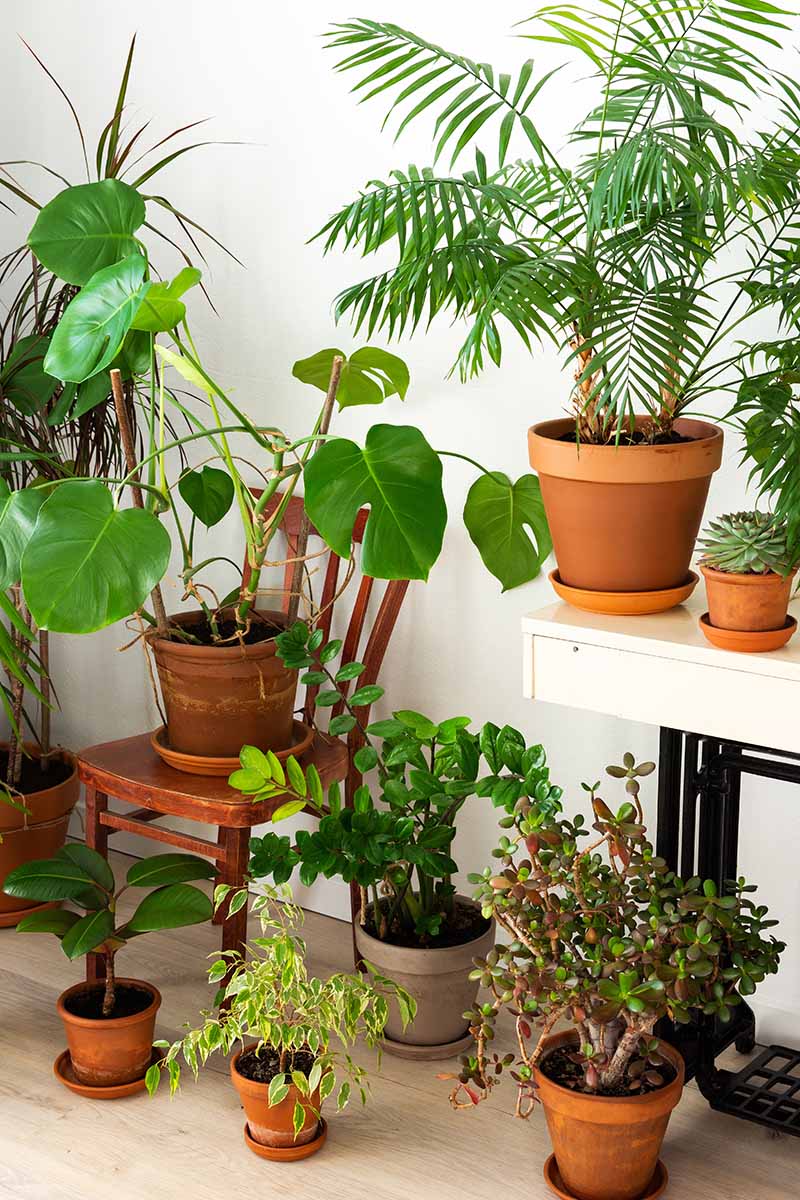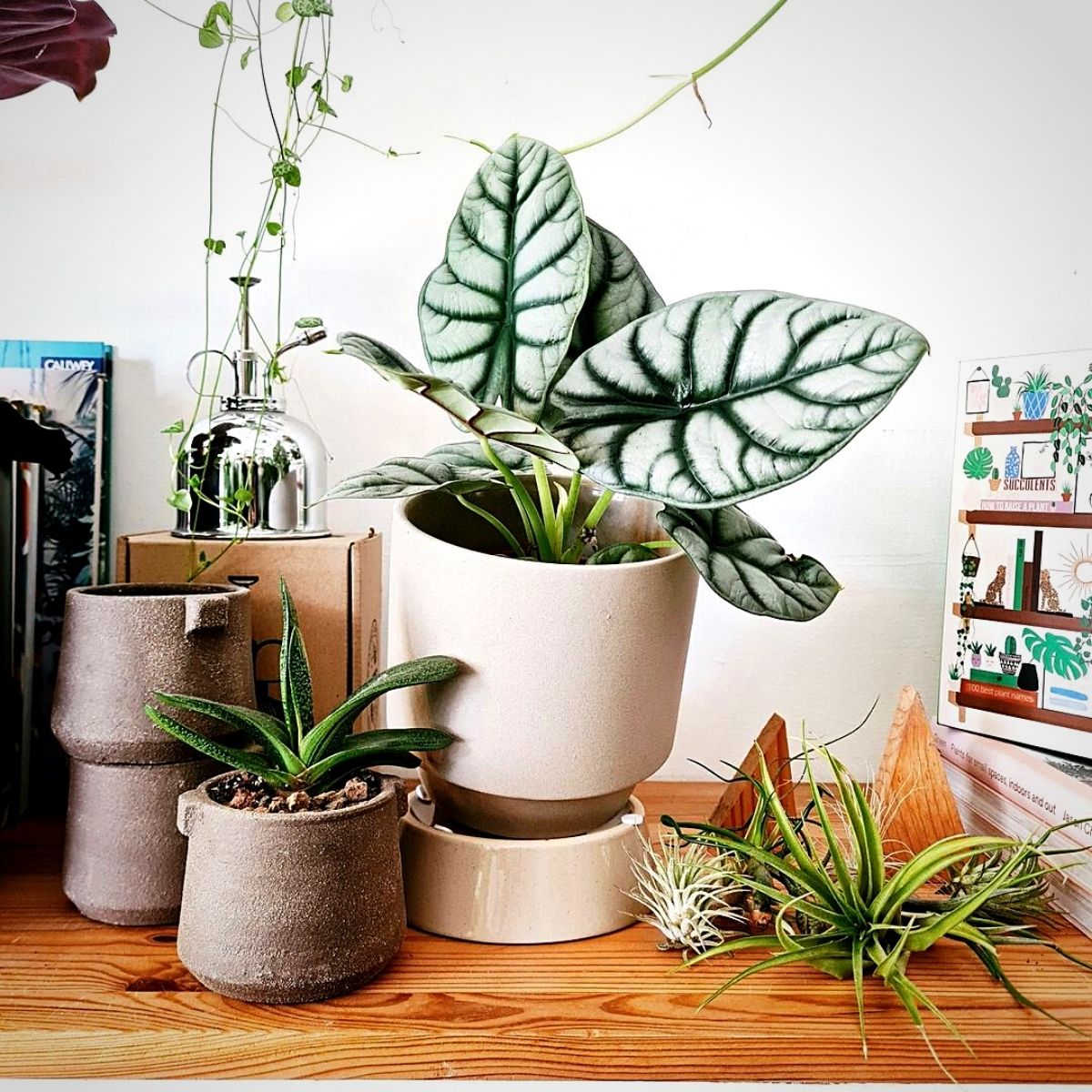Best Low-Light Indoor Plants for Those with Limited Natural Light in Their Homes
Best Low-Light Indoor Plants for Those with Limited Natural Light in Their Homes
Blog Article
Transform Your Home With Beautiful Low-Light Indoor Plants and Their Advantages
Integrating low-light interior plants into your home can substantially boost both the ecological and aesthetic high quality of your space. These plants, which prosper in dim problems, serve not just as attractive elements but also as natural air cleansers, making them excellent for city dwellers or those with restricted sunlight direct exposure. As we discover the various kinds of low-light plants and their advantages, you might locate surprising means to integrate them into your home that can transform your environments in ways you may not have actually expected.
Advantages of Low-Light Plants
Low-light plants provide numerous benefits for indoor settings, making them an excellent choice for both amateur and skilled gardeners. One of the main advantages is their versatility to low-light conditions, permitting individuals to boost their home without the demand for substantial sunlight direct exposure. This characteristic makes them optimal for homes, offices, and various other locations with limited all-natural light.

In addition, integrating low-light plants right into home decoration can elevate the visual allure of an area. Their lavish foliage and differed appearances produce a calming environment, contributing to general well-being. Last but not least, the existence of plant has actually been linked to minimized stress and anxiety degrees and boosted productivity, making low-light plants a useful option for enhancing both physical and mental wellness in indoor settings.
Leading Low-Light Indoor Plants
While several interior plants prosper in intense light, numerous types are specifically well-suited for low-light problems, making them excellent for different indoor areas. One preferred option is the Snake Plant (Sansevieria), recognized for its striking upright fallen leaves and durability, requiring minimal treatment. Another outstanding alternative is the Pothos (Epipremnum aureum), which includes heart-shaped leaves and can trail wonderfully from shelves or hangers, prospering in reduced light and including a lavish touch.
The ZZ Plant (Zamioculcas zamiifolia) is celebrated for its shiny fallen leaves and ability to endure disregard, making it ideal for active way of lives. The Peace Lily (Spathiphyllum) not just endures reduced light but likewise creates sensational white blossoms, enhancing any kind of space's visual.
For a distinct touch, consider the Cast Iron Plant (Aspidistra elatior), which without a doubt lives up to its name, flourishing in the darkest edges of your home. The Chinese Evergreen (Aglaonema) supplies a selection of leaf patterns and shades while being incredibly flexible in low-light problems. These plants not just improve indoor atmospheres however also contribute to air filtration, enhancing your living area.
Treatment Tips for Low-Light Plants

Sprinkling practices are crucial; these plants commonly prefer somewhat completely dry conditions. Overwatering can bring about root rot, so make sure that the leading inch of dirt is completely dry prior to sprinkling once again. Use pots with drainage holes to permit excess wetness to escape.
Moisture is one more essential aspect. Lots of low-light plants, such as brushes and peace lilies, gain from greater humidity levels. To boost moisture, take into consideration misting the leaves or putting a tray of water near the plants.
Fertilizing must be come close to with care. Throughout the article source expanding season, make use of a diluted, balanced liquid fertilizer monthly to support development, but prevent fertilizing throughout the dormant cold weather.

Innovative Ways to Display Plants
Indoor plants can act as fascinating focal points in any room, improving both visual allure and atmosphere. Creative screens can boost the visual impact of low-light plants, making them an integral part of your home decoration. One effective technique is to utilize tiered plant stands, which allow you to showcase several plants at differing heights while optimizing flooring space.
Hanging planters are an additional ingenious option, creating a sense of depth and drawing the eye up. Consider macramé wall mounts or wall-mounted racks to introduce a distinct appearance and style.
For a much more structured approach, usage geometric terrariums or glass containers to house your plants, including a contemporary touch to your indoor garden. You can also repurpose vintage products, such as teacups or wooden cages, for a diverse screen that mirrors your character.
Enhancing Home Atmosphere With Plants
Integrating low-light plants right into your home not only boosts visual allure but additionally adds dramatically to the overall ambiance. These plants offer as all-natural design aspects, presenting a sense of tranquility that can transform any kind of space. The existence of greenery promotes a soothing atmosphere, which is specifically helpful in high-stress environments such as office or living rooms.
Low-light plants, such as snake plants, pothos, and ZZ plants, are not only visually pleasing however additionally enhance interior air high quality by filtering system contaminants. This twin function improves the atmosphere additionally, producing a healthier home (Best low-light indoor plants). The strategic positioning of these plants can also affect the perception of area; as an example, tall plants can draw the eye upwards, making ceilings show up greater and areas more spacious
Additionally, differing structures and shades of foliage include deepness to interior decoration, permitting for imaginative expression in home styling. Whether put on shelves, in edges, or as focal points, low-light plants can raise the state of mind of any kind of room. In recap, including these plants into your home is a reliable way to foster a cozy, inviting ambience while profiting of enhanced air quality and aesthetic adaptability.
Conclusion
Integrating low-light interior plants into home atmospheres offers many benefits, consisting of improved visual allure and improved air top quality. These resilient plants, such as the Snake Plant and Peace Lily, call helpful site for minimal light and upkeep, making them ideal for varied way of lives. Their ability to filter pollutants adds to a much healthier home, while their diverse appearances and shades improve indoor style (Best low-light indoor plants). Eventually, the incorporation of low-light plants cultivates a peaceful and welcoming atmosphere, changing any home right into a serene sanctuary.
While lots of interior plants grow in bright light, a number of types are specifically fit for low-light conditions, making them perfect for numerous interior spaces. One efficient method is to utilize tiered plant stands, which enable you to showcase numerous plants at differing elevations while making best use of flooring area.
Low-light plants, such as serpent plants, pothos, and ZZ plants, are not just cosmetically pleasing however also boost indoor air top quality by filtering toxins. Best low-light indoor plants. The strategic placement of these plants can likewise affect the assumption of room; for instance, high plants can attract the eye upward, making ceilings show up higher and areas visit the site extra spacious
These durable plants, such as the Snake Plant and Peace Lily, require minimal light and maintenance, making them appropriate for varied way of livings.
Report this page